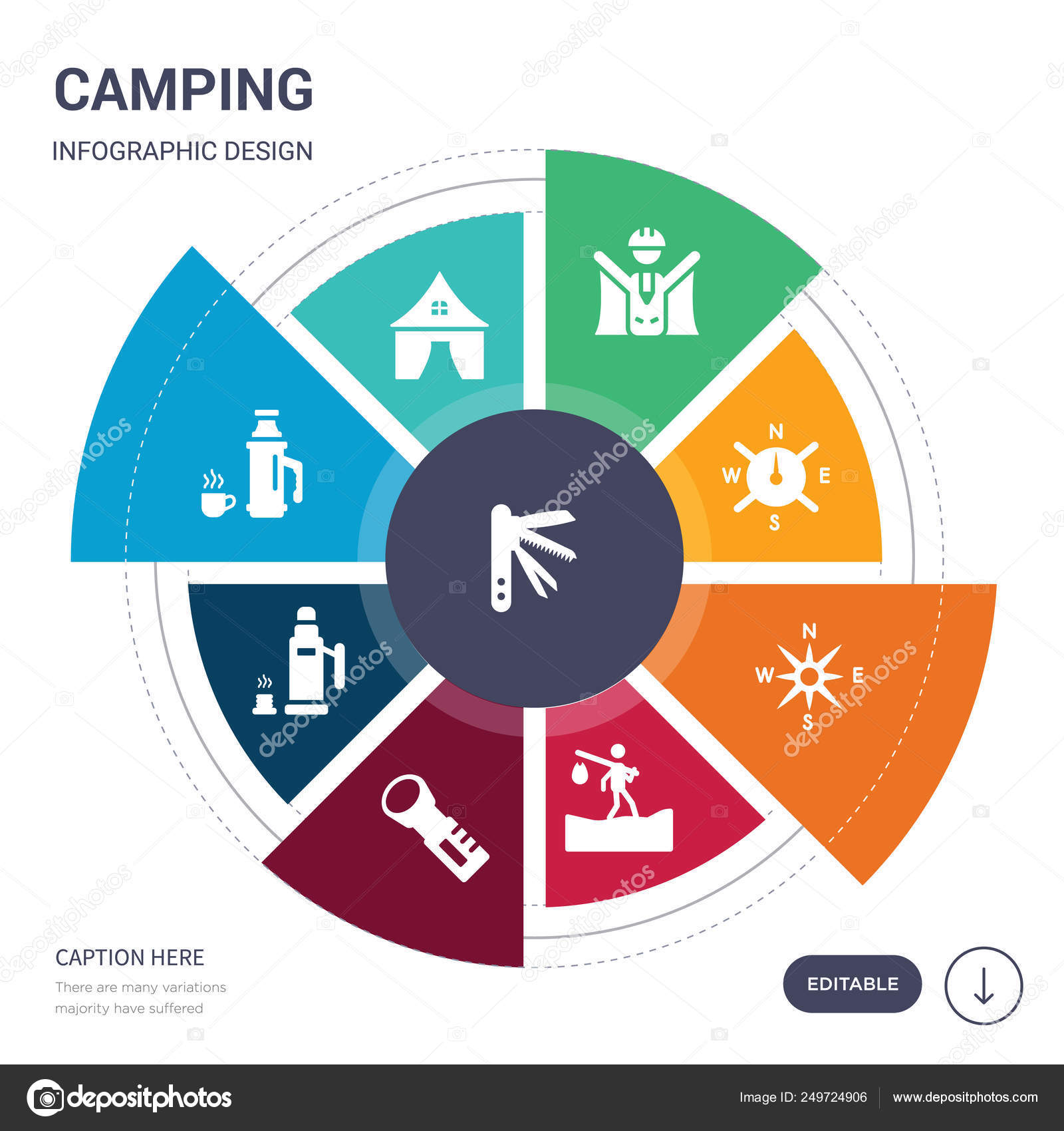As outdoor camping progressed to show a wider social change toward mindfulness and sustainability, outdoor tents design followed suit. Whether it's via user-friendly configuration options or the application of Fitts' Regulation, modern-day outdoor tents design remains to introduce and broaden camper's alternatives for exterior exploration.
The wedge tent, likewise called a wall tent, can be built by putting up the ridgepole atop upright poles and freely staking down each side. This permits more living and moving room than an A-frame tent.
The A-Frame
One of the most renowned tent layouts is a standard A-frame. This structure takes its name from its roofline, which appears like the uppercase A. This shape develops a vaulted ceiling that offers an open, spacious sensation inside the home. The sloping wall surfaces also make second-level loft areas excellent for sleeping.
In the past, a good scout could set up a canvas A-frame outdoor tents in 2 minutes or less. A modern-day A-frame cabin can offer the same simplicity of setup, yet with better weather security and even more useful room.
A-frames are a wonderful example of functional design, which emphasizes reducing the complexity of an item to ensure that it can be much more easily comprehended and made use of. Today, UI/UX developers use this principle to craft instinctive interface that permit customers to achieve their goals with maximum efficiency. This method mirrors the A-frame's origins as an option to human demands. The simpleness of A-frames additionally mirrors a desire for outdoor experiences that balance technological development with a deeper connection to nature.
The Wedge
Whether you are new to wall surface camping tents or are an experienced camper, picking the right framework for your canvas shelter can feel like a frustrating experience initially. With many choices for material, structures and degrees of defense from the components to take into consideration, you can conveniently obtain shed in a sea of lingo.
The good news is, browsing the globe of wall surface camping tents does not have to be so complicated. We have actually created our own system to help you simplify your decisions. With our basic Wedge model, we've removed the requirement for complicated fabric and frame choices so you can invest even more time appreciating your trip and less time stressing over your shelter.
The Baker
The baker tent is a changed lean-to design outdoor tents. It is a really adaptable and beneficial sanctuary that can be zoomed limited against the elements or opened up to let in the heat of a reflector campfire. The baker was the outdoor tents of option of numerous logging camps and wilderness canoe adventurers in the 1800's. The baker outdoor tents additionally obtained prestige in the very early 1900's when nationally known exterior author Horace Kephart used a baker tent at his renowned base camp on Dicks Creek in North Carolina.
Selecting the best internal structure, tube dimension and fabrication is a vital factor in establishing the strength of your wall tent and just how it will take care of changing weather conditions. On top of that, a substantial part of your wall outdoor tents's durability and performance is determined by the therapy that it has been subjected to. Bravo's bonded steel internal structures are developed using premium 1 3/8 inch galvanized tubing and strong welded angle kits that are supported for added toughness.
The Whelen
In a time of boosting industrialization and urbanization, outdoor camping was a stepping back to standard nature gratitude. It offered a possibility to value imperfections in products and asymmetry of the landscape, to welcome the transience of daily rhythms of increasing, moving, resting, and relaxing, and to connect with the natural world at a greatly human level.
Early camping tent layouts were crafted with an eye to economic climate of space and weight, yet we have seen a desertion of these conservative ideas towards bigger, gangly styles that take longer to establish, require even more careful planning of the impact, and offer less in regards to weather condition protection. In this way, the modern-day outdoor tents mirrors a social change away from technical advancement and in the direction of mindfulness, sustainability, and recognition for an extra natural world. Similar to tents, UI/UX layout is also fixated meeting human demands. Fitts' Regulation, for example, shows us to focus on the dimension and distance of interactive components in order to camping gear help with quicker and a lot more reliable customer interactions.
